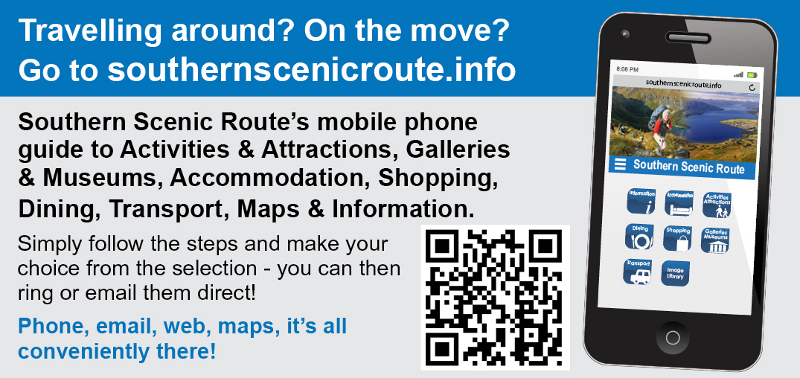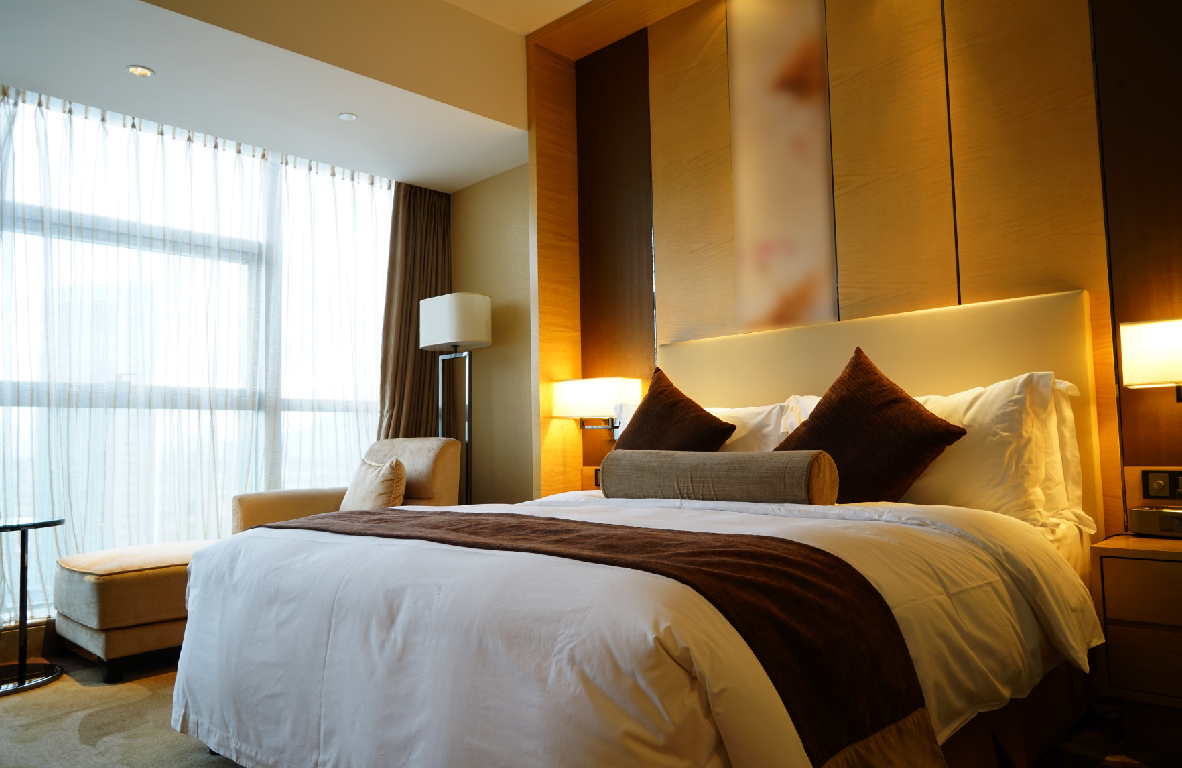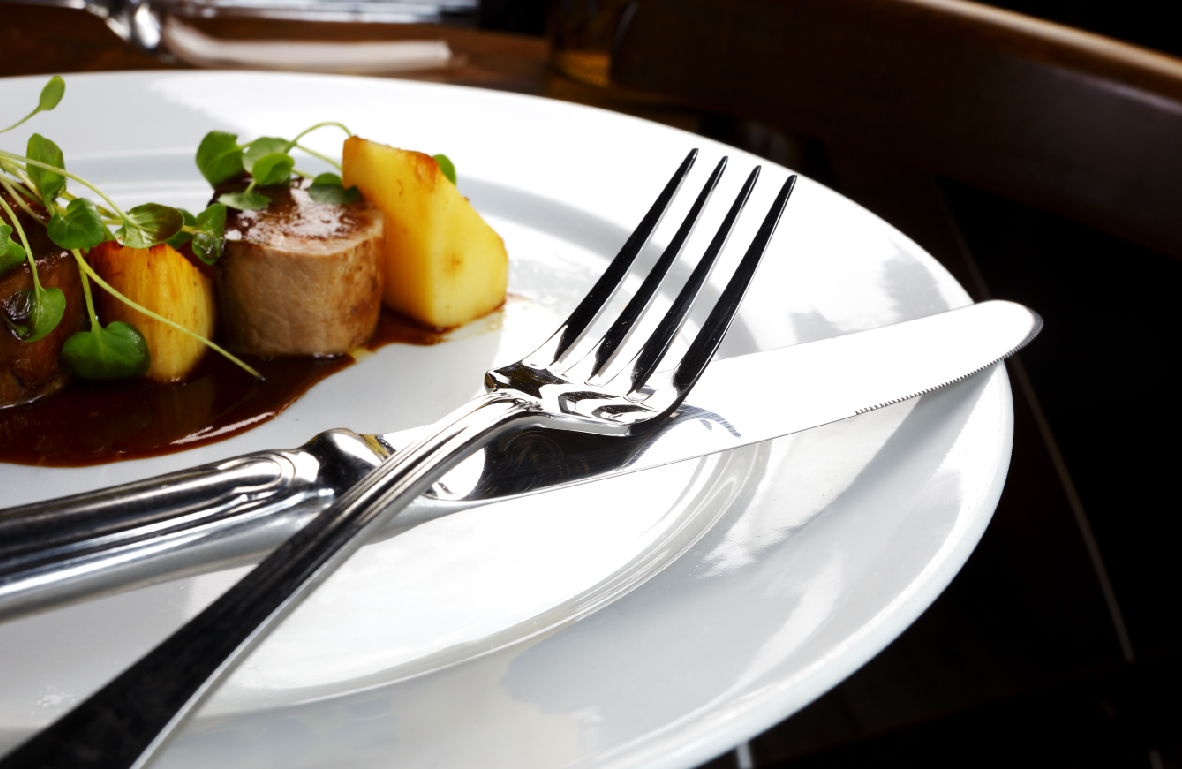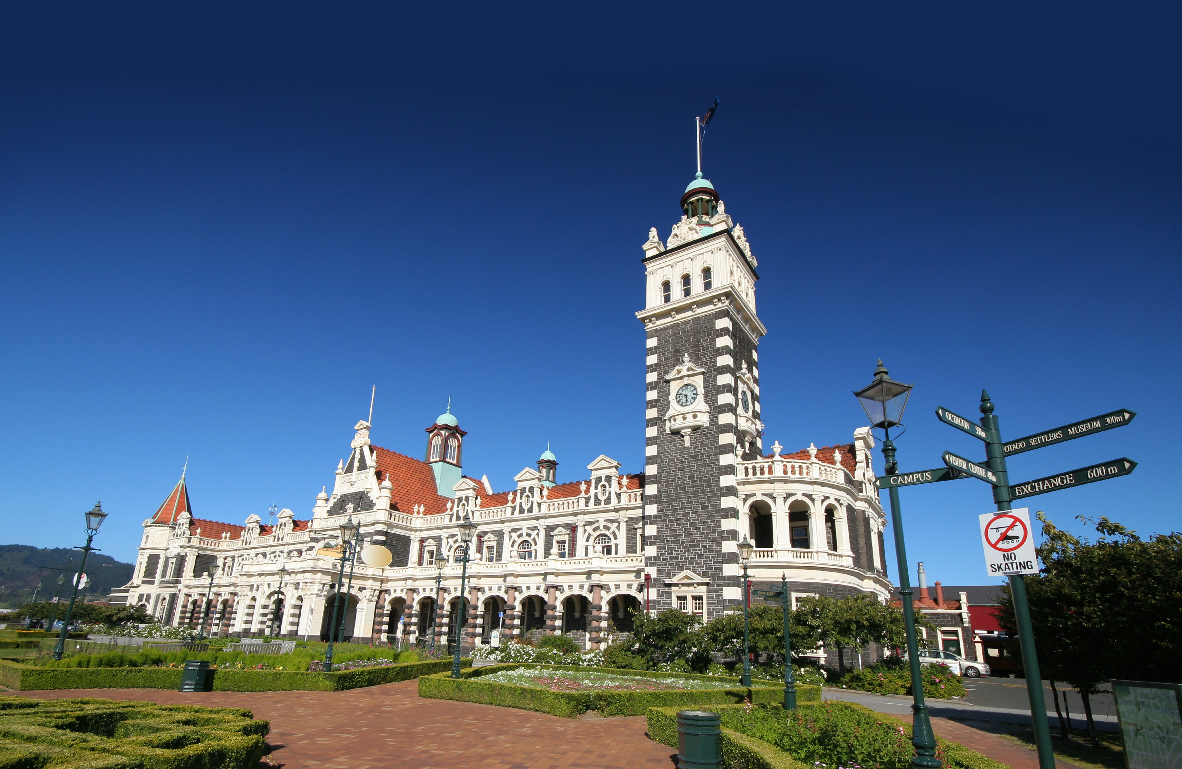
2025 edition

|
|
Born of Gold
Arrowtown is probably the most well-preserved goldmining town in Otago. Its buildings are protected and many have been lovingly restored so that you feel as if you have walked back in time.
Established in 1862, Arrowtown is set by the Arrow River, 20 km from Queenstown. Being recognised as one of the richest sources of allucial gold in the world, William Fox, a sailor, was the first to claim the discovery of gold in the icy cold Arrow River. Because of this, the town was originally called Fox''s Rushes. However, the original site of the town was moved to its present site further from the river, and rebuilt there due to a raging flood in 1863 that wiped out the original settlement.
A lot of the goldminers in Arrowtown were nomadic and lived in tents, but just months after the inrush of goldminers, hotels, saloons, churches and cottages of stone and timber were built, forming a town. Trees were also planted; the main avenue was planted out with sycamores and oaks in 1867 and is still there today. Arrowtown celebrates its diversity of exotic deciduous trees with the annual Autumn Festival held in mid April, when the trees are at their most spectacular.
Born of Gold
Arrowtown is probably the most well-preserved goldmining town in Otago. Its buildings are protected and many have been lovingly restored so that you feel as if you have walked back in time.
Established in 1862, Arrowtown is set by the Arrow River, 20 km from Queenstown. Being recognised as one of the richest sources of allucial gold in the world, William Fox, a sailor, was the first to claim the discovery of gold in the icy cold Arrow River. Because of this, the town was originally called Fox''s Rushes. However, the original site of the town was moved to its present site further from the river, and rebuilt there due to a raging flood in 1863 that wiped out the original settlement.
A lot of the goldminers in Arrowtown were nomadic and lived in tents, but just months after the inrush of goldminers, hotels, saloons, churches and cottages of stone and timber were built, forming a town. Trees were also planted; the main avenue was planted out with sycamores and oaks in 1867 and is still there today. Arrowtown celebrates its diversity of exotic deciduous trees with the annual Autumn Festival held in mid April, when the trees are at their most spectacular.
In 1866, the first Chinese arrived in Arrowtown, well after most of the gold had been claimed. However, the Chinese were content to work over old ground, and managed to eke out the more finely-ground gold, that the Europeans didn''t make the effort to get. The Chinese, by coming to New Zealand, hoped to escape poverty in their homeland and return some day rich, and with honour. By 1869, there were many Chinese in the district and most lived in a small settlement at the junction of the Arrow River and Bush Creek. This site was excavated in 1983 and some huts and a store were restored. There are also the remains of about 12 other buildings to be seen. The Chinese settlement can also be studied at the Lakes District Museum where photos, artefacts and information on the development and later excavation of the site are displayed.
The Lakes District Museum is appropriately set in the historic former goldmining town of Arrowtown. It was established in 1948 in the billiard rooms of the former Ballarat Hotel before moving to its present site in 1955.Over the years it has expanded into an excellent small museum and has received a number of awards recognising this.
The museum has several heritage buildings as part of its complex. They include the original Bank of New Zealand premises, the banks stables and one of the towns original bakers ovens. All of these were built circa 1875. The museum also owns and operates Arrowtown’s historic Post Office and the former Arrowtown goldfields jail.
The museum is essentially a social history museum .Its central focus is the gold rush of 1862 but it also covers Maori moa hunters and greenstone gatherers, the Chinese miners, transport and domestic items. Many of the exhibits are ‘hands on’. A special exhibitions gallery displays art or local history exhibitions that constantly change. A research facility has a substantial collection of photographs and family history information.
The museum also provides information on accommodation, local history and walks and is the booking agent for visitor attractions in Queenstown and Arrowtown. The retail area has a wide selection of books, maps and art prints.
Arrowtown has around 60 historic buildings that are obvious as soon as one enters the town. The buildings of interest include cottages, shops and churches and can be viewed from the street. There are a number of walks you can do that will take you around all these historic buildings efficiently. Some of the buildings you will see include the Postmaster''s House, the Post Office, a Butcher''s shop, the Chinese Settlement, a cemetery and a number of Churches and cottages from the 1860s.
A variety of walks exist around Arrowtown that can provide fantastic views, and take you to historic places, or to relics from the 1860s goldrush. Such walks include a trek to Macetown (an old goldmining town; 6-8hrs return) with a trip up Advance Peak (4hrs return) to the highest mine in the area. Tobins Track goes to Crown Terrace giving views of the Wakatipu Basin and the surrounding mountains (1hr return). There are many other walks available and maps and information can be obtained at the Lakes District Musuem.
Other activities offered in Arrowtown include gold panning, wine tasting, mountain biking, horse trekking, skiing including cross-country skiing, fishing, swimming and of course golf. Golf can be played at either the Arrowtown or Millbrook courses.
Trout fishing in any of the lakes and rivers around Arrowtown is well worthwhile and a relaxing pastime.
For skiing enthusiasts, there are four world class ski fields within easy range of Arrowtown. Coronet Peak is only 30 minutes from Arrowtown while The Remarkables are only 40 minutes away.
There are tours that can take you to historic sites and include gold panning and there are many stores to visit on the main street including opal, jade and gold stores. There is also a bus that runs from Arrowtown to Queenstown return everyday. It includes a running commentary plus photo stops and takes about 25 minutes.

...





| Home | Queenstown & Southern Lakes | Coastal Otago & Southland | Activities & Sports | Other Information | Contact Us |
| This Site © A To Z Publications Ltd, New Zealand, 1997 - 2026. Enquiries to info@atoz-nz.com |